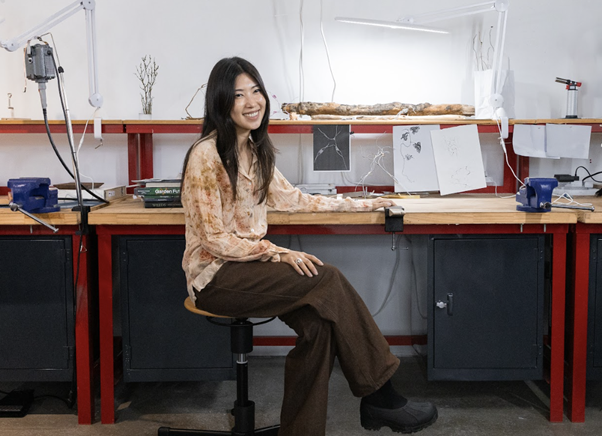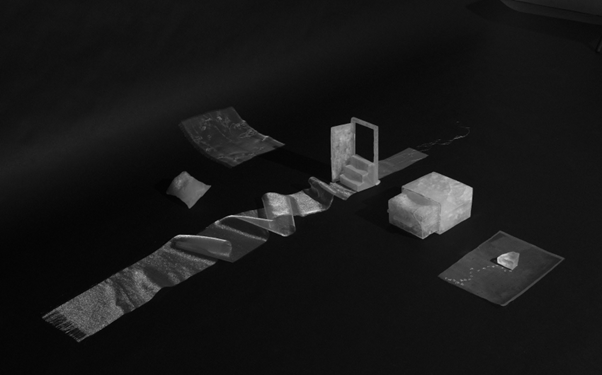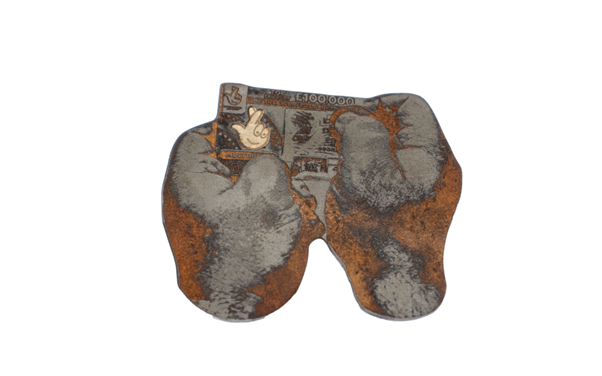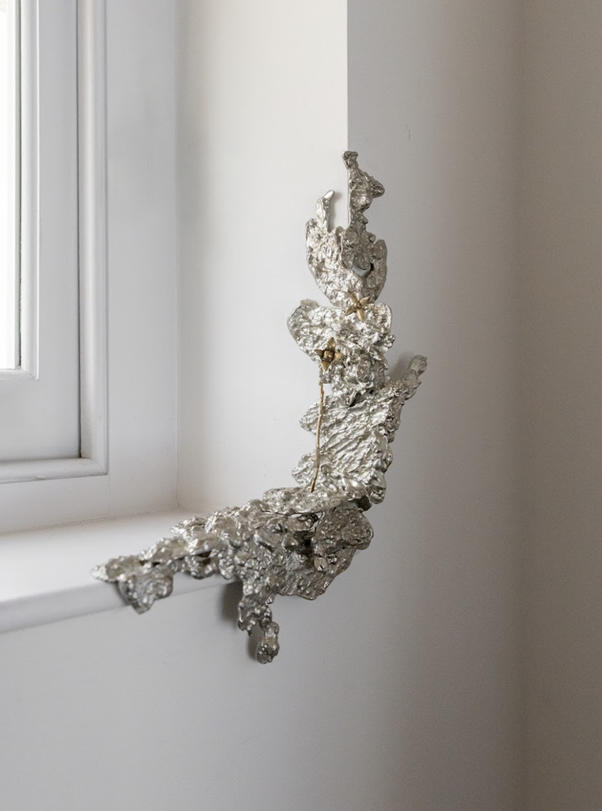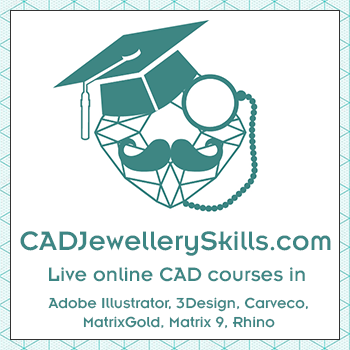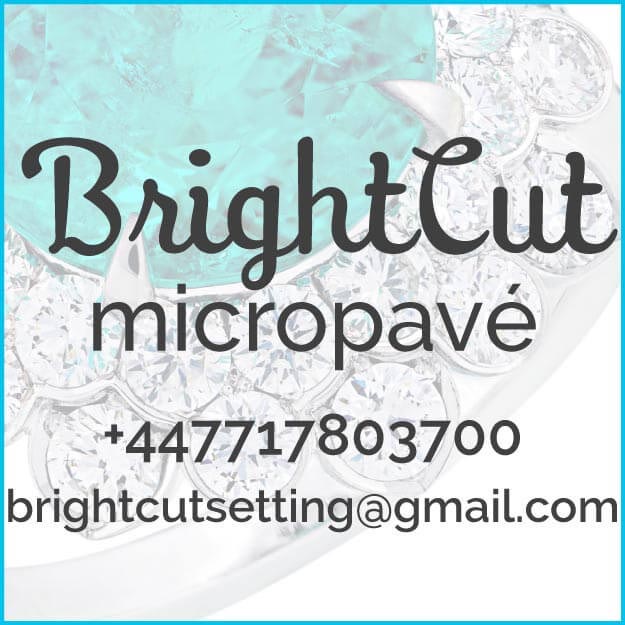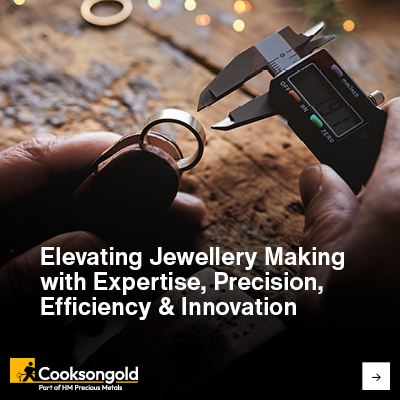Jewellery and Metal MA Students Showcasing Work At Upcoming Royal College of Art Graduate Exhibition
Reading Time:
1 min {{readingTime}} mins
Every year, the Royal College of Art organises a series of public exhibitions towards the end of its academic programme, allowing postgraduate students to showcase their work. This serves as an opportunity for students to present the projects they have been working on during their time at the college.
As led by Head of Programme Dr Jonathan Boyd, students within the Jewellery & Metal MA (JaM) programme are encouraged to develop their creativity through critical and interdisciplinary making. These works will be featured as part of the RCA2025 showcase at the College’s Battersea campus from Thursday 19 until Sunday 22 June.
Amongst the diverse array of projects that explore humanity’s complex relationship with the material world, here are four students who have used their time at the RCA to push and refine their practice within the discipline of jewellery and metal making.
Mengyuan Xia
With Mengyuan Xia’s series ‘The Boundaries of Flow’, her goal was to use jewellery as a medium to physically express psychological perception of the ambiguity of time. While time on a clock is very mechanical and accurate, the way that different people feel the passage of time is very intangible and individual. This led Mengyuan to focus on moments in time, as we experience and remember time through major events in our lives. Her artworks feature physical markers of time – such as clocks, doors, and drawers – but are created using transparent materials – like glass, stone, and silk.
“Transparency gives you a chance to rethink solid concepts. When we think about the time it’s quite solid, like clock time. But this transparency allows people to rethink the things that are now part of their daily lives that might actually be more soft than solid. And it’s the same with memories. Some we don’t remember so clearly, but the important events are the ones that remain very strong and hard in our memories, so we can think about them very clearly.”
What drew Mengyuan to the JaM programme at RCA was its very broad approach to jewellery.
“Seeing jewellery as an applied art means the boundaries are quite open. The tutors and technicians are always there to help you push your thinking further and experiment with jewellery beyond the traditional ways. We started the year by exploring materiality, which helped me analyse materials in ways I had never thought about before.”
Alex Kinsley
Alex Kinsley’s collection of work is a series of brooches, acting as physicalised expressions of the bad choices that we make. Through photographic etching, he communicates everyday vices and habits, such as smoking cigarettes (‘Rollies’), casual substance use (‘A Cheeky Bag’), scratch cards (‘Scratch Card’), and processed food (‘Please Play Again’). Alex is then able to weld these pieces together to form a longer and heavier chain, aptly titled ‘Burden of Choices’.
“Obviously, the steel itself relates directly back to that very industrial look of the working class. I then incorporated rust to represent this idea that I've been calling ‘enduring entropy’. It’s this idea of something that is lived, it’s inextricably placed within the real world. You see a rusty object that is an object that has lived a life. However, it’s also a reminder that, as strong and sturdy as steel is, it too will eventually decay and turn into nothing. Entropy is a universal constant that will happen.”
Kinsley did not have an undergrad before joining the RCA, but had been teaching jewellery courses like gem-setting at OCAD University for about 8 years. While entering formal education seemed daunting at first, it has allowed him to solidify the conceptual bases for his artworks.
“I have dyslexia and dysgraphia, so it's a challenge to sometimes get what is in my head onto paper. However, the lecturers have all been super patient and generous with their time. Asking the right questions can really prompt changes or different views within your work."
Anastasiia Riabokon
Anastasiia Riabokon established herself within the fashion industry in Ukraine, having created her own fashion brand and worked as a stylist for entertainment. Working within this sector, her main goal was to curate the image of a perfect person. Joining the RCA allowed her to put this pursuit of perfection into question, resulting in her project ‘Homo Simulacrum’.
Through deconstruction, Riabokon deformed traditional jewellery pieces, such as engagement rings and signet ringers, to then put them back together and give them a more mutilated form. This includes using natural stones that aren’t polished, mixing different metals into one ring, and creating pieces that are quite painful or impractical to wear.
“Human beings are made up of so many different aspects. And when we try to project the image of a perfect person out into the world, we end up changing some aspects of ourselves, which can be a very painful process. I created these jewellery pieces to pose questions about why we have been doing the same things for so many years.”
For Riabokon, enrolling in the RCA was like starting a new life, where she could try her hand at being an artist after so many years working in commercial industries.
“I was very impressed with the facilities, as well as the quality of the tutors and technicians. If you want to try something out, you have all to help and support. Since I already had strong technical skills with metal, I wanted to try something different, which is why I went with natural stones. Spending long hours at the workshops and studios brought me so much joy and fulfilment.”
Aeri Go
For Aeri Go’s project ‘Tracing the Unnoticed’, she used metalwork to explore the artistic potential of corner spaces. By starting with the crevices between bricks, she captured this space using a mould and then 3D scanned it to enlarge the model, allowing her to print it out using resin and create bigger moulds with sand. She then poured pewter into her mould to create organic shapes and welded multiple pieces together to create the corner pieces for display.
“I wanted to try and co-create with the material rather than control it. To share the agency with the material, I took a mould out of it instead of creating the shape myself. Just by scaling up and then pouring the metal onto the mould, it created a shape that's undetermined. It was beautiful to witness the transformation process, from initial crevices into the mould, and sand, until reaching the final metal pieces.”
Aeri entered RCA with very clear expectations of challenging herself, as she wanted to use the time to break open her practice and transform it into something else. While she was excited about the potential of what she could make, she was also slightly nervous about not knowing where the journey would take her.
“The lectures are rigorous, covering lots of different perspectives of what it means to make. I also learnt how to conduct more in-depth research to find concepts that can help develop my practice. Now that my time is coming to an end, I can look back at all the times when I felt a bit lost and see how everything has fallen into place quite naturally”.
As told to Nicholas Gambin, current student on the Writing MA at the RCA.
- Visit the School of Arts & Humanities graduate exhibition, RCA2025, from 19-22 June.
- Applications for the September 2025 intake of the Jewellery & Metal MA are open until 30 June. Applications for the 2026 intake will open this September.
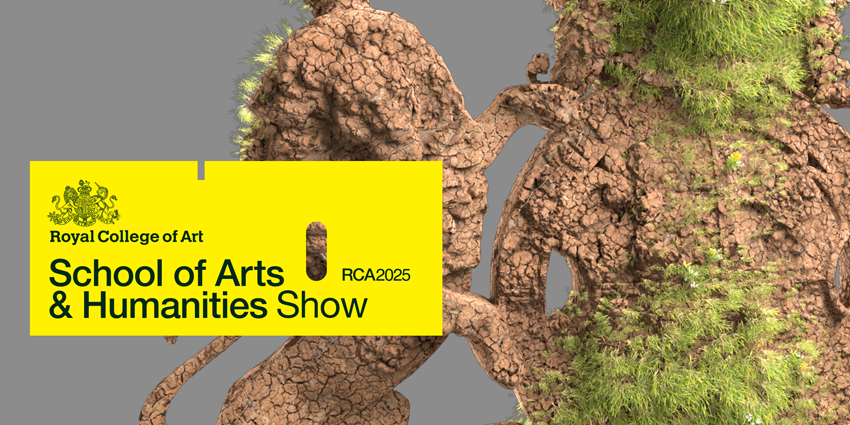
To read more on the RCA click here:
Making Is Thinking: Jonathan Boyd’s ethos for the Jewellery & Metal MA at the Royal College of Art
Author:
Published:

